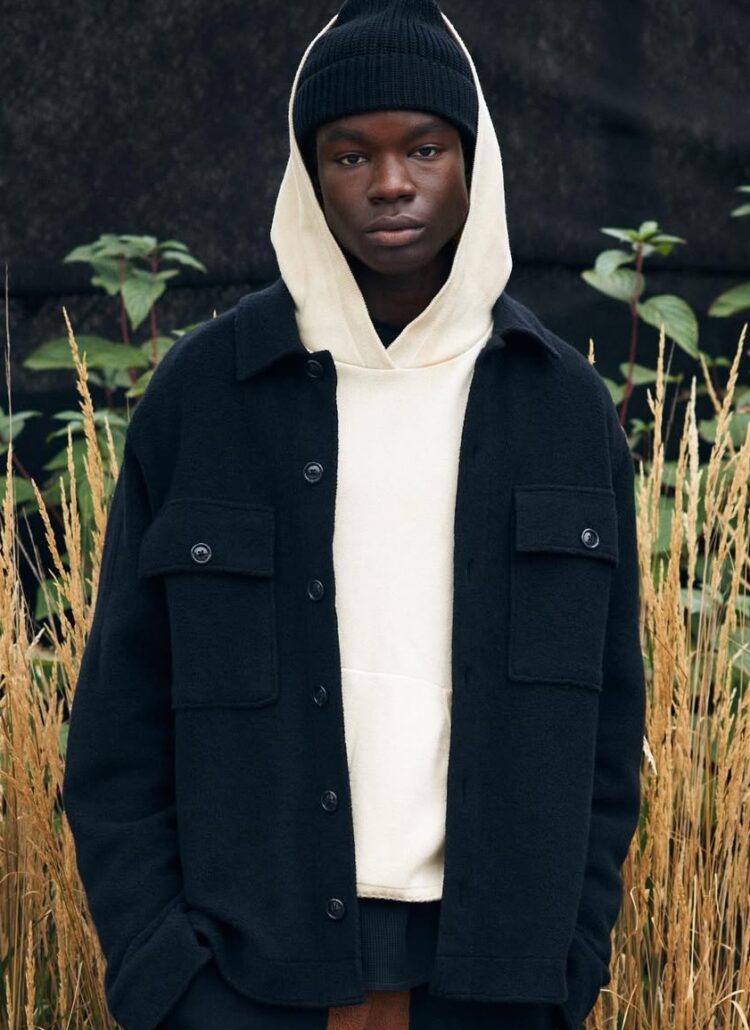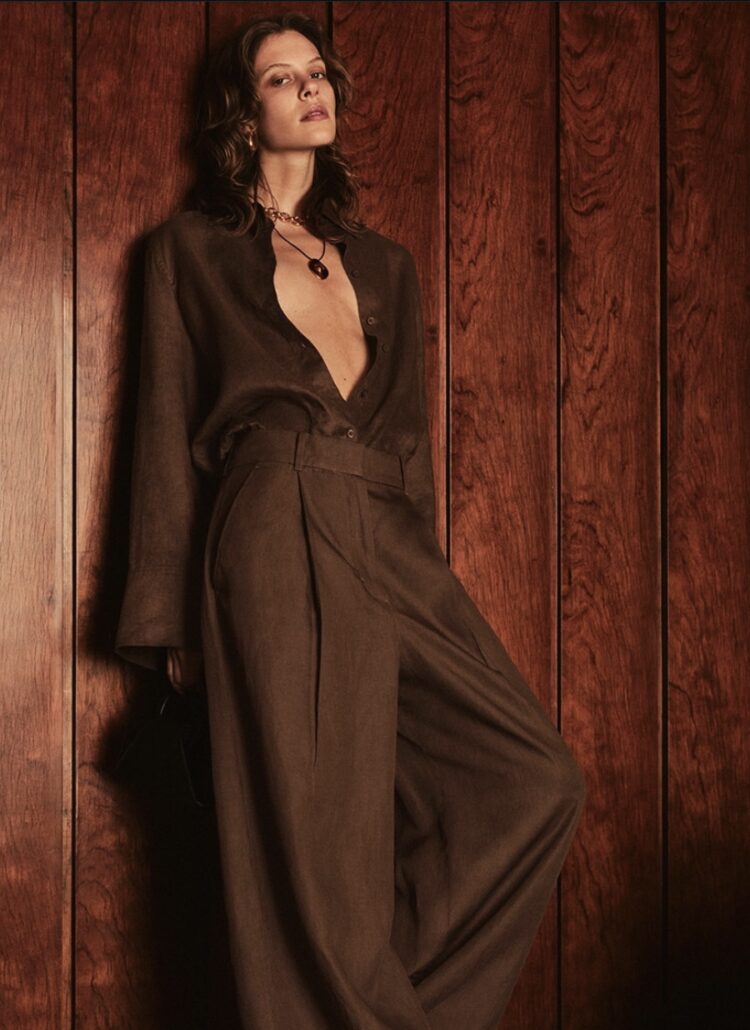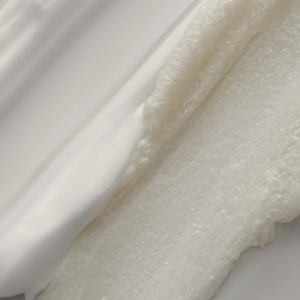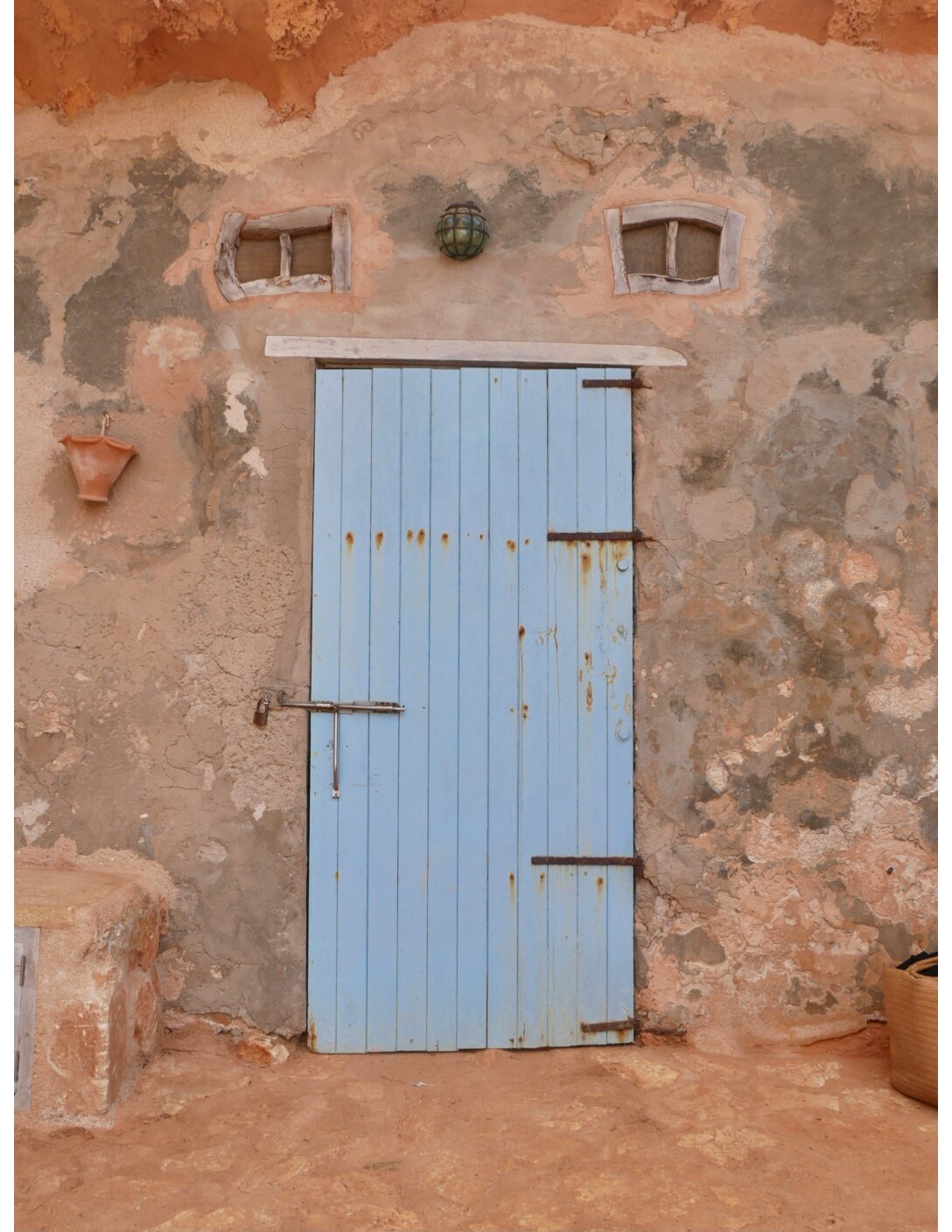In the last decade, we’ve only become more aware of how our interior design has evolved from its aesthetic roots. And aside from the affects of living with friends, a family member, or alone, we’ve come to realize just impactful our spaces make us feel. Improving those spaces not only enhances the visual appeal of our living space but profoundly affects our mental and emotional well-being.
Our homes have always been more than just shelters, but an extension of our identities. Every space in our homes has the power to influence our moods, energy levels, and our mental health — even if we haven’t noticed it quite yet. To uncover the essence of interior design psychology and how it shifts our every day, we’re breaking down the interconnected world of home design, the home environment, and how we can harness it to work in our favor.
From delving into how room layouts can influence our lifestyles, to the psychological effects of color and the benefits of incorporation of natural elements, we’ll share the ability of interior design elements so we can fully understand the monumental influence they hold in our lives. With that, we’ll uncover how to leverage those elements to experience better moods and positive feelings, every day.

How Interior Design Affects Our Mood
Interior design has gone beyond the visual appeal for many years, but the focus on just how much it influences our well-being has recently begun to garner so much attention.
Beyond the placement of furniture and decor elements, the design choices that we make within our living spaces have a crucial impact on our psychological well-being. Whether it’s the use of color, space, and the thoughtful arrangement of furniture, we’ll find that it can either uplift or put a downer on our spirits.
When thinking of the concept of “living room therapy,” with the living room being the hear of the home, note that this space serves as both the dedicated area to socialize as well as our own personal sanctuary to rest and relax. Careful placement of furniture in that space then can set up social interaction as well as a sense of intimate togetherness.
However, if design choices are well thought out, it can lead to uncomfortable emotions triggered by a poorly styled space. The function of furniture pieces ultimately, is a crucial element in a social space that hopes to evoke warm, inviting, and positive emotional responses.
Can Your Home Design Improve Your Mental Health?
Over the past few years, the conversation on how interior design and mental health are connected has grown to be a popular topic. And through those conversations, it’s become clear that designing our living spaces goes beyond aesthetics and into the area of environmental psychology. This area of discussion highlights how our environments have the ability to influence our energy levels, stress levels, and even our happiness. So naturally, a poorly designed environment is able to trigger negative emotions too.
However, with the right design choices, our homes have the ability to become a haven that not only reflects our personal style but can also contribute to our mental well-being.
Incorporating Nature Into Your Space
One of the most extraordinary and well-researched areas that results in physiological benefits is the use of natural light. The use of natural light in our spaces delivers profound benefits of natural elements on our everyday mental health. In its various forms, nature, offers rejuvenating results on the human psyche. So when you let natural materials and elements into your space, like a light-drenched room or indoor plants, you’ll find that it’ll leave a positive impact on your mood and well-being.

The 5 Elements to Bring Into Your Space: Water, Wind, Fire, Stone, and Earth
To create the ultimate space for peace and tranquility, leveraging Chinese Feng Shui and it’s ancient practices offers the perfect source for inspiration. By incorporating its five elements —water, wind, fire, stone, and earth— you’ll notice the significant impact they can make of bringing balance and harmony to any space.
Inspired by this ancient system, its elements of nature are believed to bring their own set of unique qualities to interior spaces. Whether it’s the fluid and calming element of water, the passionate energy of fire, or the grounding nature of earth, incorporating these elements into any old or new space will offer the most incredible results to your well-being. By achieving these more natural environments, you’ll be sure to feel a calming sense of peace and restoration.
Similarly, on the podcast, her healthful, host Arasteh Gatchpazian interviews Robin Daprato on her expertise in hospitality design and how the connection between design and wellness.
In their conversion, Robin speaks on the importance of biophilic design in spaces. In other words, incorporating plants into your home brings the natural, outside world inside which can help relieve stress — similarly to the effect you feel in nature. Truly, anything that mimics natural design and texture helps to instill a sense of peace that we feel whiel immersed in the natural world.
To blend the two worlds together, wabi-sabi design serves as a favored source of inspiration for interior designers as it weaves together the natural world in it’s purest form — by embracing the beauty of imperfection.
The wabi-sabi design aesthetic embodies a deep appreciation for natural elements that have been weathered and worn over time to signal the very real passage of time. It’s lack of perfection and element of organic yet modern minimalism offers the calming notion that the passage of time carries so much beauty.
How to Maximize Space To Benefit Your Lifestyle
When styling a smaller space, your options for practicing interior design techniques can often feel limiting. However, when we depart from thinking of them as mere design principles and begin to adopt them as a lifestyle strategy, our opportunities drastically increase. For example, when thinking of the arrangement of furniture, it helps to start the design process with the goal of creating a “functional” space first.
Once you’ve established a functional foundation, by using clever storage solutions and minimalist additions, you’ll find that you have much more room to play and style your space to your liking. To maintain that functional atmosphere, adding smart additions like reflective surfaces like mirrors can also help to make a space feel more expansive which contributes to that sense of spaciousness and freedom.

Using Color to Improve Mental Health
The world of color psychology is an intricate one. Each color and hue evokes a different emotion that can influence our mental well-being. Because of that, each color adopts a specific role that affects how we want to feel in that given space.
Warm Colors Create a Cozy Haven
Warm colors, such as yellow, red, orange, gold, beige, creamy neutrals, brown, and tan, have an incredible ability to produce feelings of happiness, familiarity, and coziness. This helps to create an inviting atmosphere that elicits a calm and comforting atmosphere.
Similarly, when cool tones like blue and green are layered into a warmer room, this incorporation helps to soften the cozy nature by layering in a peaceful note that encourages serenity.
Cool Colors Soothe the Mind
Traveling to the opposite side of the spectrum, cool colors by nature, give off a more refreshing and calming energy. These colors play a beneficial role in promoting a space of peace and relaxation. Shades seen in a blue sky, a soft lavender, and diffused grays offer a tranquil effect on one’s well-being, making them an ideal choice for spaces where one seeks relaxation and rest.
Sky blue also mimics clear skies that give off the sense of feeling free in an expansive space. Whether used in small or large areas, this color offers a touch of tranquility to establish a safe and positive space. Lavender, with its nod to the delicate petals it’s derived from, offers a superb choice for bedrooms and meditation rooms to transform spaces into an ideal space for reflection and relaxation.
How Art Helps Mental Health
The role of art within a living space offers benefits beyond decoration — and one does not need to be an interior designer to deeply understand its effects.
Art is used as a transformative tool that can inspire emotion, spark creativity, and serve as a form of authentic self-expression. Whether it’s a gallery wall that’s been carefully curated or a standalone statement piece, any type of art has the potential to transform a home into a transformative haven that feels one of a kind.
Easy Interior Tips to Try Now
Implementing interior design choices never needs to feel daunting and unapproachable. Simple tweaks to decorative elements, big and small, can be just enough to produce a positive effect in any space. In fact, regularly adjusting decor and furniture can help anyone become more comfortable with styling indoor spaces.
Depending on your everyday plans, shifting furniture placement can be a great way to enhance any plans you’ve organized at home. If you’ve organized a social gathering, arranging your furniture to match and complement the occasion can help to enhance the experience of your guests. Or if you’re home alone, layering in cozy blankets and seasonal pillows may help to create a more cozy and enjoyable environment.
By embracing and practicing these easy interior ideas, you can create a much more pleasant environment that not only aligns with your personal style but elevates your well-being.
Long-Term Home Design Tips
If you have the time, it does become beneficial to slowly start curating your larger home design pieces. When you take the time to thoughtfully select a comforting sofa or decide on an inviting dinner table, you’ll find that those pieces will help to create a space that feels authentically your own. Even more, as these pieces tend to be more like investments, it becomes much more beneficial for you long-term to choose these pieces carefully.
In this expansive world of interior design, the choices we make within our own homes outweigh the ones we make outside. Because ultimately, when we begin our days within a space we feel most uplifted by, we humans tend to carry out those similar positive emotions we began our day with.
By understanding first the psychology of design, the realization of creating an aesthetic environment allows us to feel supported and comforted by our own choices. So by incorporating natural elements while layering in thoughtful choices regarding art and color, we have the power to bring our sanctuaries to life that can foster a positive energy that feels sustainable.
As we experiment and enjoy the ongoing process of interior design, let’s remember too that our homes are more than just spaces, but artful canvases that allow us the chance to paint and play to maintain a masterpiece that nurtures our well-being.




